

- RFQ
- BOM
-
Contact Us
Tel: +86-0755-83501315
Email: sales@sic-components.com
- Chinese
- English
- French
- German
- Portuguese
- Spanish
- Russian
- Japanese
- Korean
- Arabic
- Irish
- Greek
- Turkish
- Italian
- Danish
- Romanian
- Indonesian
- Czech
- Afrikaans
- Swedish
- Polish
- Basque
- Catalan
- Esperanto
- Hindi
- Lao
- Albanian
- Amharic
- Armenian
- Azerbaijani
- Belarusian
- Bengali
- Bosnian
- Bulgarian
- Cebuano
- Chichewa
- Corsican
- Croatian
- Dutch
- Estonian
- Filipino
- Finnish
- Frisian
- Galician
- Georgian
- Gujarati
- Haitian
- Hausa
- Hawaiian
- Hebrew
- Hmong
- Hungarian
- Icelandic
- Igbo
- Javanese
- Kannada
- Kazakh
- Khmer
- Kurdish
- Kyrgyz
- Latin
- Latvian
- Lithuanian
- Luxembou..
- Macedonian
- Malagasy
- Malay
- Malayalam
- Maltese
- Maori
- Marathi
- Mongolian
- Burmese
- Nepali
- Norwegian
- Pashto
- Persian
- Punjabi
- Serbian
- Sesotho
- Sinhala
- Slovak
- Slovenian
- Somali
- Samoan
- Scots Gaelic
- Shona
- Sindhi
- Sundanese
- Swahili
- Tajik
- Tamil
- Telugu
- Thai
- Ukrainian
- Urdu
- Uzbek
- Vietnamese
- Welsh
- Xhosa
- Yiddish
- Yoruba
- Zulu
- Kinyarwanda
- Tatar
- Oriya
- Turkmen
- Uyghur
- Tag List
- Power Supply Module: A Comprehensive Guide from Fundamental Architecture to Cutting-Edge Applications
Power Supply Module: A Comprehensive Guide from Fundamental Architecture to Cutting-Edge Applications
1. Definition and Core Value of Power Supply Modules https://www.sic-components.com/power-supplies-externalinternal-off-board/ac-dc-configurable-power-supply-modules/
A Power Supply Module is a standardized power subsystem that integrates power conversion components—such as controllers, power devices, and magnetic elements—into a single package. Unlike traditional discrete designs, it transforms complex power conversion functions into "plug-and-play" solutions through pre-integration and optimized testing. Its core values include:
Design Efficiency: Reduces development cycles from hundreds of hours (discrete) to weeks.
Reliability Enhancement: Failure rates are 60% lower than discrete solutions via standardized manufacturing and pre-verification.
Space Optimization: Achieves power densities up to 100W/cm³ for high-density systems.
2. Technical Architecture and Operational Principles
2.1 Core Components and Integration Technologies
Key Components:
Control Chips: Integrate PWM controllers (e.g., TI's LM5146) or digital power management units (PMUs).
Power Stage: Uses synchronous MOSFETs (Si) or wide-bandgap devices (GaN/SiC) with \(R_{DS(on)}\) as low as 10mΩ.
Magnetic Components: Planar inductors/transformers with ferrite/nanocrystalline cores, supporting saturation currents up to 150A.
Auxiliary Circuits: Include compensation networks, protection circuits (overcurrent/voltage/temperature), and communication interfaces.
Integration Processes:
Multi-Layer Substrate Technology: AlN ceramic substrates enable low thermal resistance (\(R_{thJA} < 5°C/W\)) and high dielectric strength.
3D Stacked Packaging: Vertical stacking of controllers, power devices, and inductors reduces parasitic inductance to <5nH.
Potting Technology: Thermal silicone or epoxy resin enhances heat dissipation and moisture resistance (IP65 rating).
2.2 Typical Topologies and Working Mechanisms
Take the synchronous buck module (e.g., MPS MP8694) as an example:
Input Stage: X7R ceramic capacitors (10μF/25V) filter high-frequency noise.
Conversion Stage:
High-side switch (80V rating) conducts at 1.2MHz to store energy in the inductor.
Low-side switch (40V rating) conducts during dead time to maintain output current continuity.
Output Stage: Low-ESR electrolytic capacitors (e.g., Panasonic EEU-FM series) stabilize voltage with ripple controlled within ±1%.
Efficiency: In 48V→12V/30A scenarios, SiC modules achieve 97% efficiency—5% higher than traditional Si solutions.
3. Classification and Technical Characteristics
3.1 Classification by Conversion Type
Type Typical Topology Input Voltage Range Output Power Core Application Scenarios
Non-Isolated DC/DC Buck/Boost/Buck-Boost 5V~1000V 1W~500W Server POL, industrial control
Isolated DC/DC Flyback/LLC/Phase-Shifted Full Bridge 24V~1500V 50W~2kW Railway traction, medical equipment
AC/DC Module Totem Pole PFC+LLC 85VAC~380VAC 100W~10kW Communication power, new energy chargers
LED Driver Module Buck/PWM Dimming 12V~100V 10W~200W Landscape lighting, automotive headlights
3.2 Classification by Core Technology
Traditional Silicon Modules: Mature, cost-effective, suitable for switching frequencies ≤100kHz.
Wide-Bandgap (WBG) Modules:
GaN modules (e.g., Navitas NV6127): Switching speed >1MHz, 30% smaller size.
SiC modules (e.g., Wolfspeed CAB1200): Temperature tolerance up to 175°C for high-voltage scenarios.
Digital Power Modules: Support I2C/SPI communication (e.g., ADI LTM4678) for real-time voltage/current/temperature monitoring.
4. Application Scenarios and Industry Solutions
4.1 Data Centers and Cloud Computing
High-Voltage DC (HVDC) Conversion:
48V→12V distributed power: Vicor VIA series modules (VI-269) support 1500V isolation with 98% efficiency.
High-Density POL Power Supply:
CPU/GPU power: TI's LMZM23601 (6A/2mm×2mm) supplies 1.1V/6A for DDR5 memory.
Computing clusters: 16-phase modules (e.g., MPS MP8694) support 120A total current for AI chips (e.g., NVIDIA A100).
4.2 New Energy and Electric Vehicles
On-Board Power Systems:
OBC (On-Board Charger): Infineon EiceDRIVER modules enable 3.3kW~22kW charging with >95% efficiency.
48V mild hybrid systems: TDK-Lambda Z+ series modules (200W) power starters/generators.
Photovoltaics and Energy Storage:
String inverters: SMA Sunny Boy modules support 1500V DC input with 1.5W/cm³ power density.
4.3 Medical and Aerospace Applications
Medical Equipment:
MRI systems: ADI LTM4678 (15A) provides ±0.5% precision power for gradient magnetic field stability.
Portable devices: Linear Technology LTM8064 (3A/3mm×3mm) supports 9V~36V input for handheld ultrasound devices.
Aerospace:
Satellite power: MIL-PRF-38534 Class H modules (e.g., CDE 947D series) withstand -55°C~+125°C temperature cycles.
5. Design Selection and Implementation Considerations
5.1 Key Parameter Evaluation
Electrical Parameters:
Input voltage range (e.g., 2:1 wide input or 4:1 ultra-wide input).
Load regulation (≤±0.5%) and line regulation (≤±0.1%).
Dynamic response (e.g., overshoot <100mV for 10A/μs load steps).
Environmental Parameters:
Operating temperature range (industrial: -40°C~+85°C; automotive: -40°C~+125°C).
Altitude derating (3% per 1000m above 1000m).
5.2 Layout and Thermal Design
Input Filtering: Parallel 10μF X7R capacitors with 0.1μF ceramic capacitors within 5mm of module inputs.
Thermal Management:
Thermal vias (0.3mm diameter, ≥10 pieces) conduct heat to inner copper layers.
High-power modules (>50W) require heat sinks with thermal resistance targets <10°C/W.
EMI Control:
Series beads (100Ω/100MHz) at the output suppress high-frequency noise.
Ground planes under modules reduce common-mode interference.
6. Industry Competition and Leading Products
6.1 International Manufacturers and Representative Products
Texas Instruments (TI):
Integrated inductor module LMZM23601 (6A/2mm×2mm) for server POL.
Digital power module LM5146 (40V/5A) supporting PMBus communication.
Analog Devices (ADI):
μModule® series LTM4678 (15A) with built-in compensation networks for precision medical equipment.
LTC7890 (60V/10A) supporting bidirectional Buck-Boost for energy storage systems.
Renesas:
Mini Module series RAA210040 (4A/3mm×3mm) for 5G base stations.
Automotive-grade module RAA227001 (12A) compliant with AEC-Q100 Grade 1.
6.2 Innovations from Domestic Manufacturers
MeixinSheng (MTK): High-power density AC/DC modules (65W/2cm³) for GaN chargers.
XinPai Technology: Isolated DC/DC modules (1500V/200W) for photovoltaic inverters.
Invictus: Data center power modules (240V HVDC→12V/50A) with 97.5% efficiency.
7. Technological Trends and Cutting-Edge Innovations
7.1 Popularization of Wide-Bandgap Devices
GaN Technological Breakthroughs:
By 2025, 40% of 100W+ modules are expected to use GaN (Yole data), e.g., EPC's EPC2059 (100V/30A) modules.
Advantages: 70% lower switching losses, 50% smaller size, suitable for high-frequency fast charging (1MHz+).
SiC Module Evolution:
Automotive-grade SiC modules (e.g., Rohm SCT3080KE) support 1200V/800A for 800V EV platforms.
7.2 Intelligence and Integration
Digital Power Management:
AI predictive maintenance: Optimizes load distribution via machine learning (e.g., Monolithic Power's mCloud platform).
Real-time health monitoring: Integrates ADC and temperature sensors for early fault warning.
Heterogeneous Integration Technologies:
3D packaging: Intel EMIB technology stacks controllers, MOSFETs, and inductors, boosting power density to 200W/cm³.
System-in-Package (SiP): Integrates power modules with MCUs for IoT edge devices.
7.3 Green and Sustainable Design
Lead-Free and Environmentally Friendly Materials:
Uses Sn99.3Cu0.7 solder and halogen-free potting compounds (e.g., Dow Corning Sylgard 160).
Upgraded Energy Efficiency Standards:
Meets 80 PLUS Titanium (≥96% efficiency) and CQC high-efficiency certifications.
Innovative Thermal Management:
Phase Change Material (PCM) cooling reduces module temperature by 15°C in 40°C environments.
8. Case Study: 48V to 12V Vehicle Power Supply Module
8.1 Application Background
New energy vehicle 48V mild hybrid system requirements for starters and air conditioning compressors:
Input: 40V~56V (battery dynamic range).
Output: 12V/30A (ripple <50mV).
Efficiency: ≥95% (ISO 12405-2 standard).
8.2 Module Solution Selection
Infineon OptiMOS™ Module:
Topology: Synchronous Buck (integrated 100V/20mΩ MOSFET).
Control: TLE94712G controller supporting automatic PWM/PFM switching.
Magnetic Components: Planar inductor (4.7μH, saturation current 40A).
8.3 Performance Verification
Efficiency Curve: 92% at light load (10%) and 96.1% at full load for 48V→12V/30A.
Thermal Performance: Module surface temperature of 58°C at 25°C ambient (fanless).
Reliability: Passed AEC-Q100 Grade 1 testing (-40°C~+125°C, 1000 thermal cycles).
9. Future Outlook: Industrial Transformation of Power Modules
Power modules are evolving from "functional integration" to "system enablement," with core trends including:
Integration of Computing and Power: Collaborative design of AI chips and power modules for dynamic power optimization.
Metamaterial Applications: Topological insulators for core materials, enhancing inductor efficiency by 15%.
Energy Internet Adaptation: Bidirectional power modules support V2G (vehicle-grid interaction) and microgrid scheduling.
Reconfigurable Power: Software-Defined Power (SDP) technology enables single modules to support multiple voltage outputs.
For designers, choosing power modules is no longer just a technical decision but a strategic consideration of time-to-market and full lifecycle costs. With the explosion of 5G, AI, and new energy sectors, power modules will drive power electronics innovation with higher density, efficiency, and intelligence.
https://www.sic-components.com/power-supplies-externalinternal-off-board/ac-dc-configurable-power-supply-modules/

Hot Products
View MoreRelated Blogs

2000+
Daily average RFQ Volume

30,000,000
Standard Product Unit

2800+
Worldwide Manufacturers

15,000 m2
In-stock Warehouse



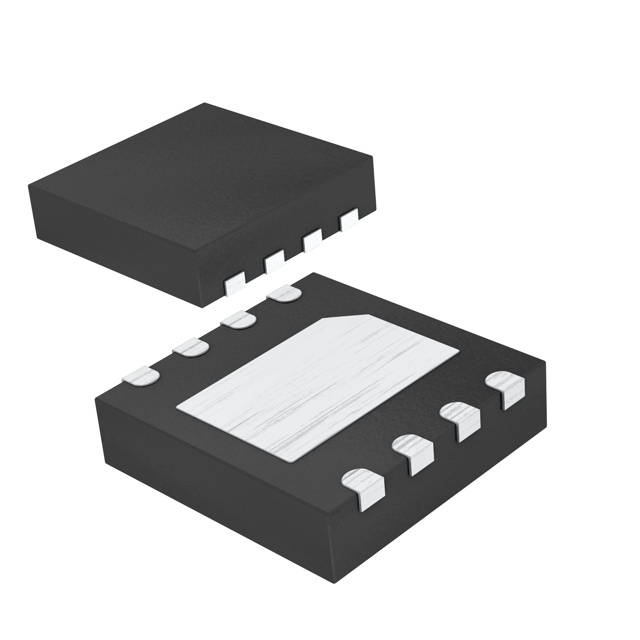
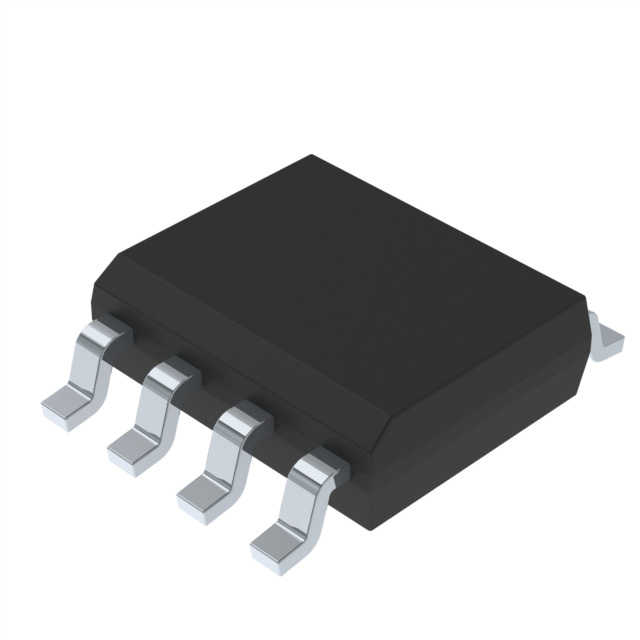
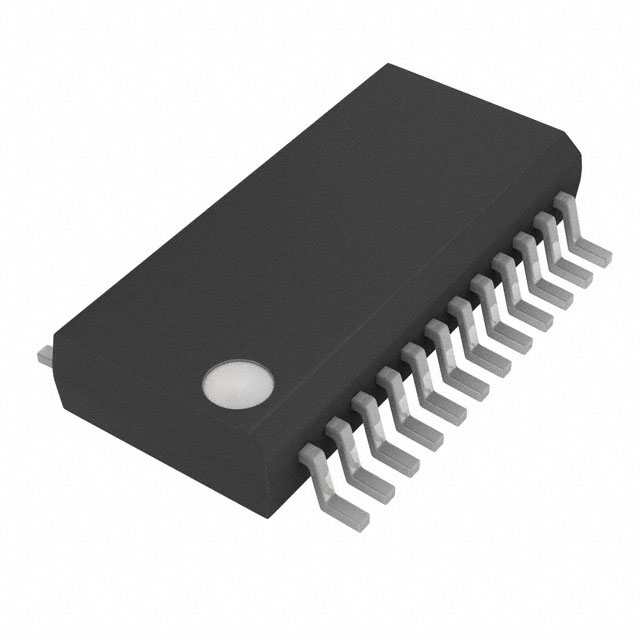
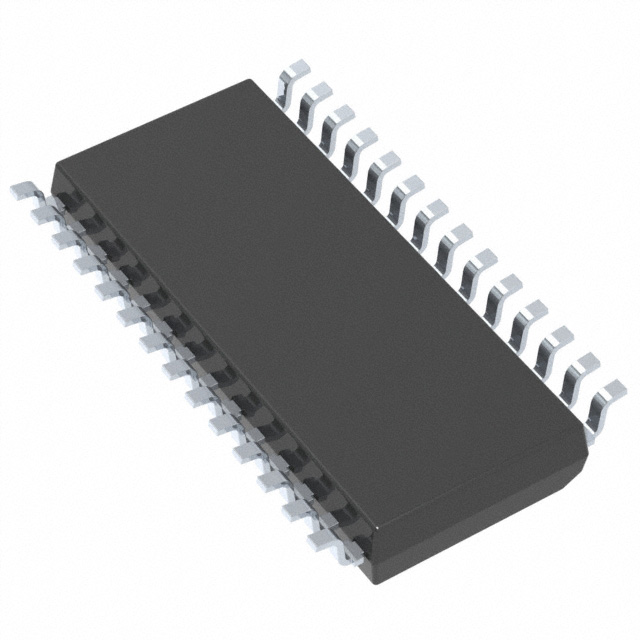
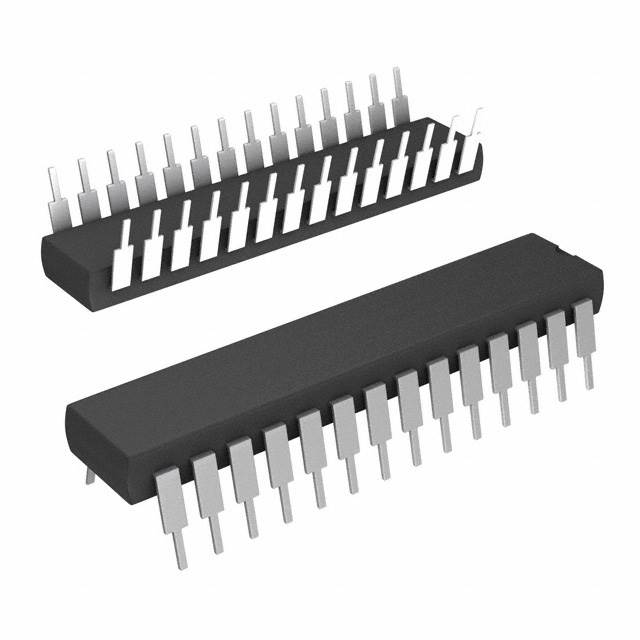
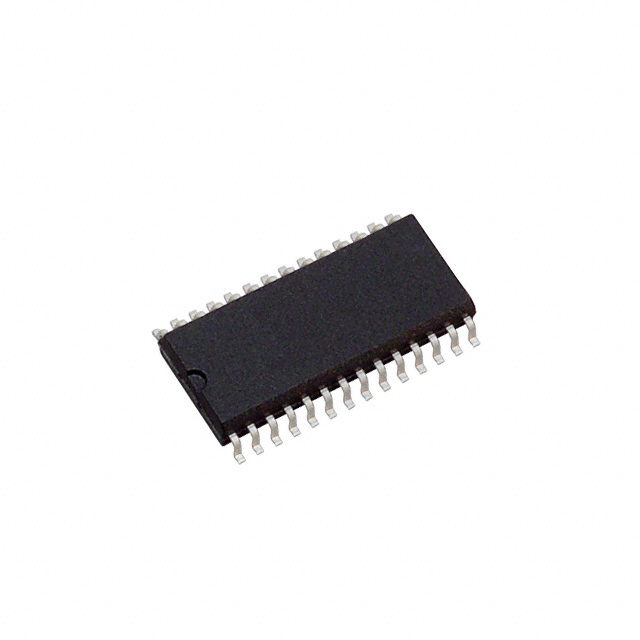
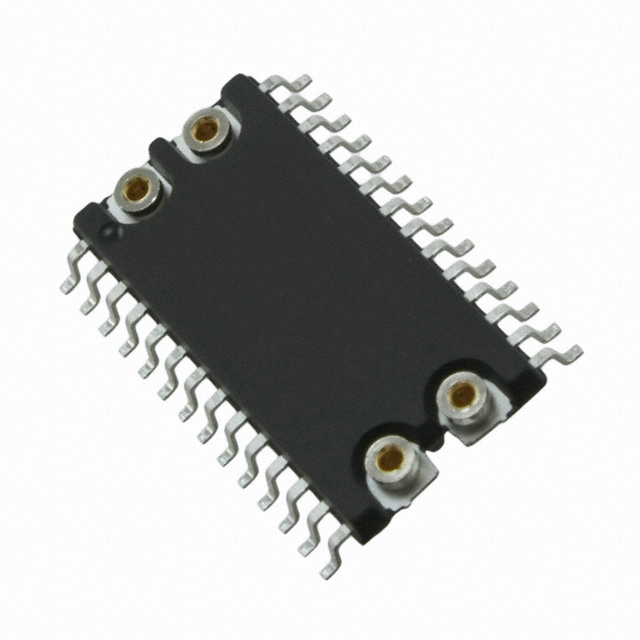
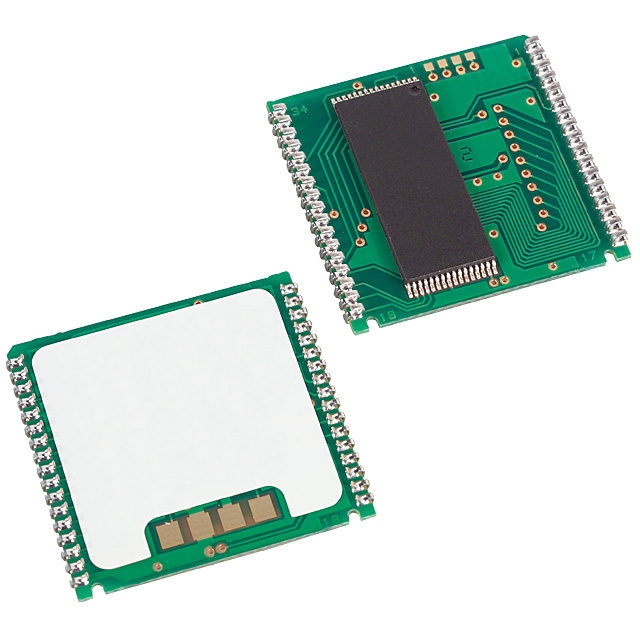
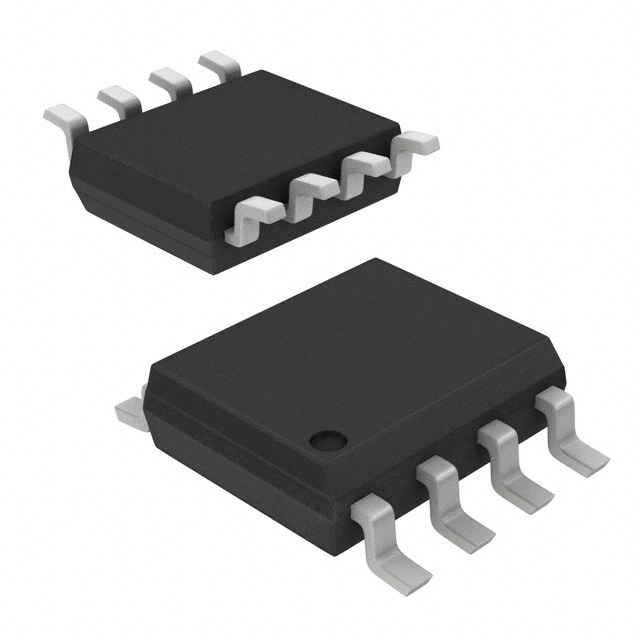
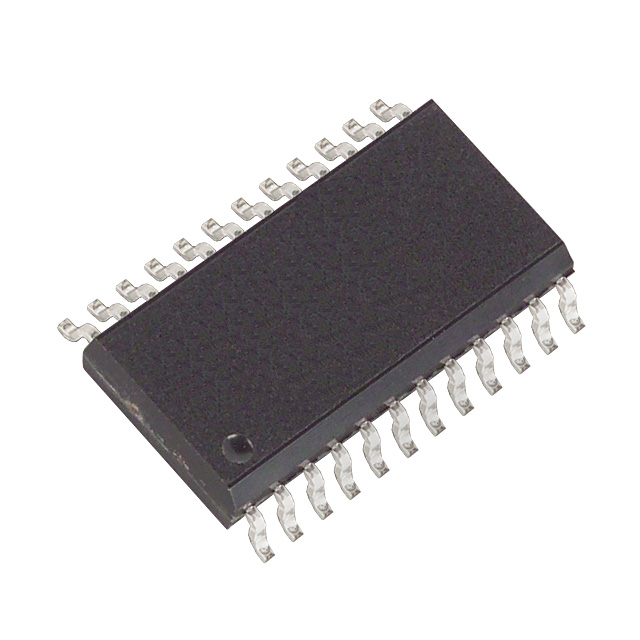
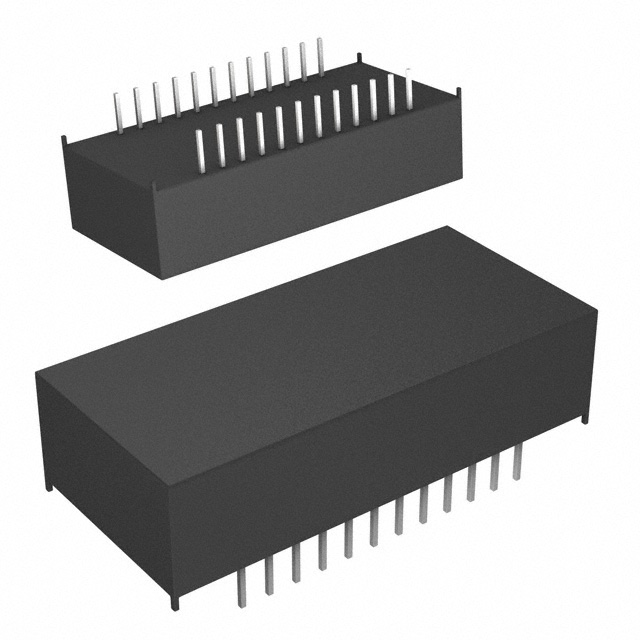

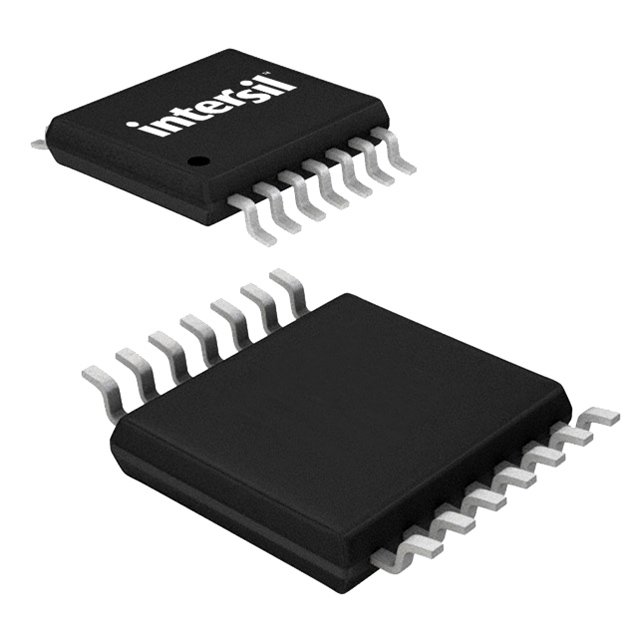
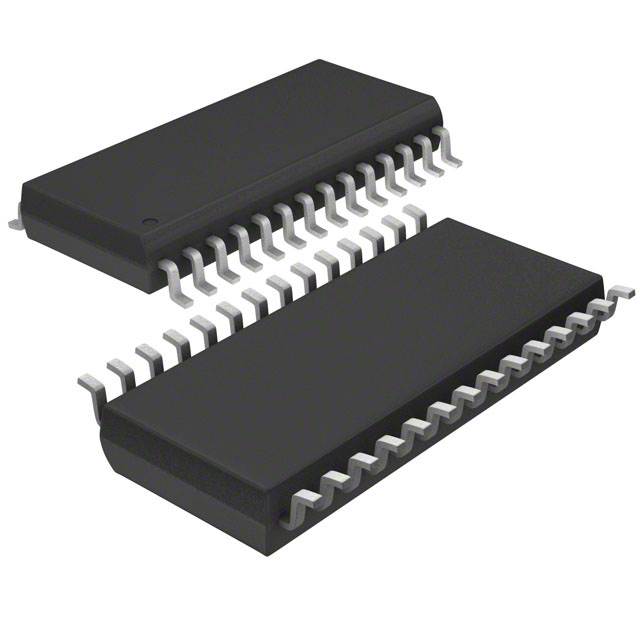
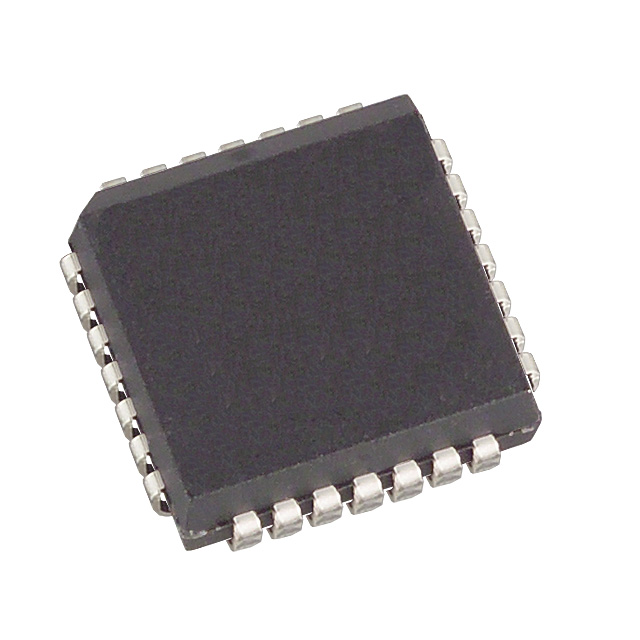










 Wishlist (0 Items)
Wishlist (0 Items)